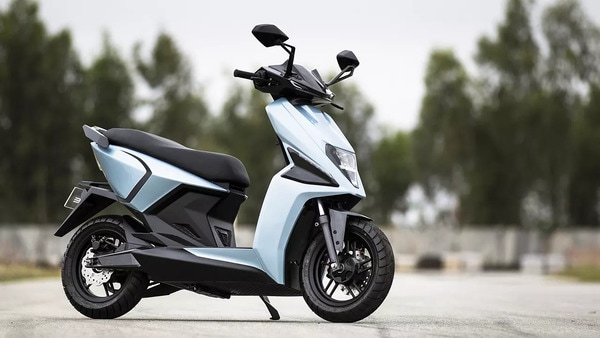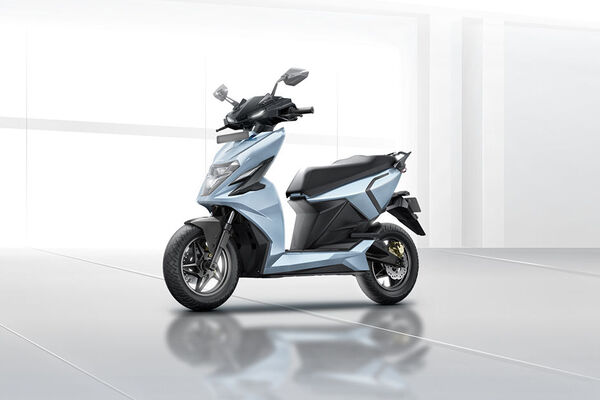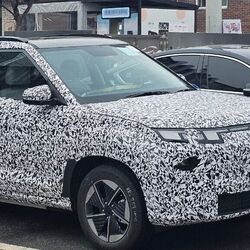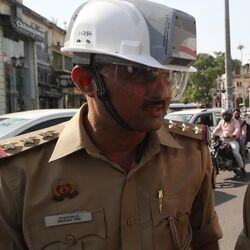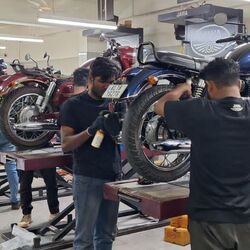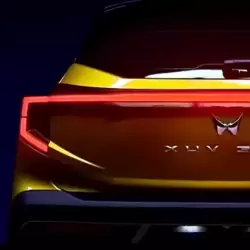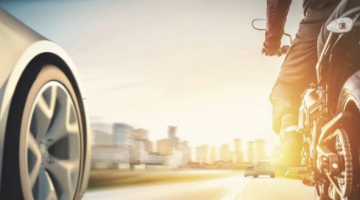Traffic jams in your city are simple maths problem, claims Israel IT firm
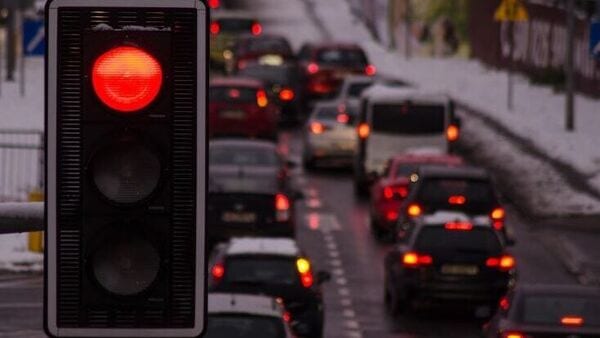

Even the most notorious and time-consuming traffic jams across major cities in the world are nothing more than simple maths problems that can be solved by number crunching and by early intervention. This is what an Israeli IT firm has claimed and has bet on its Artificial Intelligence (AI) software to provide real-time suggestions for more efficient traffic management processes.
Also Read : Indians paid ₹1,899 crore for traffic violations in 2021, Delhi tops the list
Some of the biggest cities in Israel rank high on the global list of cities with the worst road traffic situations. According to a study by traffic-monitoring self-service product called Tom Tom, Tel Aviv is placed 16th on the global list of cities where commuters lose most time while traveling from one part to another. The time lost each year is 98 hours. The same list has Istanbul at top while Indian cities of Mumbai, Bengaluru and New Delhi also figure in the top 11.
Also check these Vehicles
But IT firm Intelligent Traffic Control or ITC believes that the issue of traffic congestion may have a much simpler solve than one would expect. Its AI software is responsible for monitoring and collecting real-time traffic-related data and then sending suggestions for manipulating traffic signals accordingly, all to ensure smoother flow of vehicles.
It is calculated that an average person loses around three days in traffic jams each year and while this is a massive personal botheration, it also exponentially increases greenhouse gas emissions. Many urban planners are now claiming that solutions like flyovers have a more negative impact than positive on smooth traffic flow because its construction itself results in traffic snarls. Even once constructed, these may not always ensure smoother passage for vehicles.
Pandemic-induced lockdown had a tremendously positive impact on the environment in many cities across the world but with lockdowns having been eased in various parts, traffic congestion has either returned or is returning to pre-Covid-10 levels. The preference for personal mobility to maintain social distance may lead to increase in personal vehicles which may, in turn, mean additional burden on road infrastructure. The question then is how best to manage between popularizing mass-transit options, manage traffic and still have a safe and secure commute option for millions across the globe.
(With inputs from AFP)







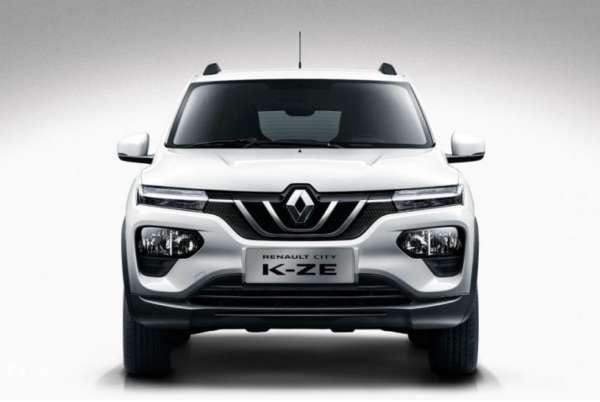
 26.8kWh
26.8kWh 271 Km
271 Km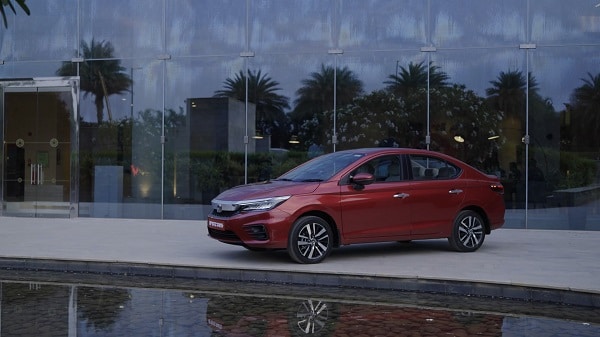
 1498.0 cc
1498.0 cc Multiple
Multiple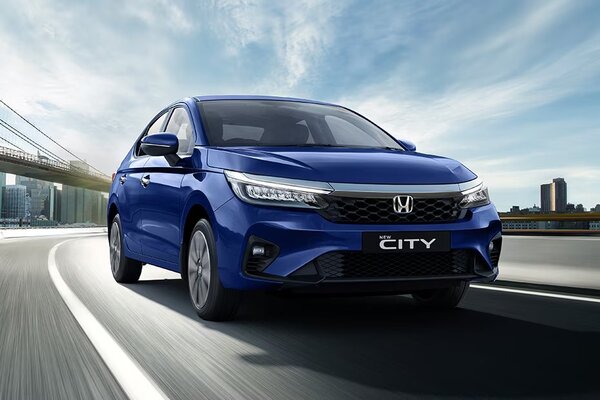
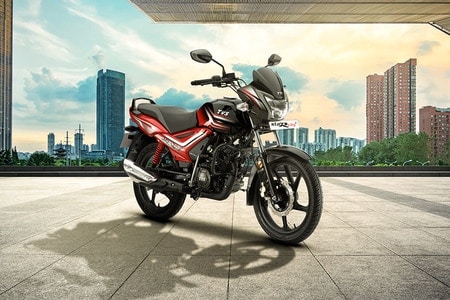
 83.09 kmpl
83.09 kmpl